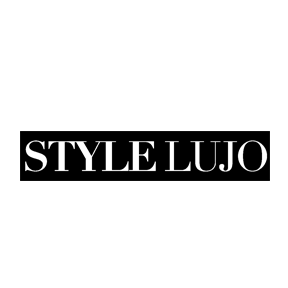Written by Adeline J. Wells
Knowledge is power, and the turn of a new year is the perfect time to set new standards for our own personal health and wellness. One such way is to pay more attention to the beauty ingredients of items we consume, both internally and externally. In the same way that we might check a fruit bar for any ingredients we deem harmful to ingest, it is important to review the ingredient lists on our skincare, cosmetic, and beauty products. Here are five key products to steer clear of in the new year.
Phthalates
Phthalates are chemical compounds that have various uses in cosmetic products, from stabilization to helping lotions stick to the skin, to helping fragrance retain its scent. However, these compounds can also disrupt the body’s endocrine system and may lead to long-term health effects, including cancer and fertility issues. They can be especially dangerous to children. The European Union has banned several types of phthalates for cosmetic use.
May Be Found In: body wash, deodorant, hair products, nail polish, perfume, shampoo
Parabens
Parabens may be one of the better-known beauty ingredients to avoid, but many don’t truly know what the elements are, or why they are harmful. Parabens are chemicals derived from petroleum and, just like petroleum jelly, have a preservative effect on the skin. By preventing the growth of bacteria or mold, they can extend the shelf life of beauty products. While this may sound positive, parabens have also been linked to a host of risks to the body, from short-term effects such as allergic reactions to endocrine system disruptors and breast cancer. Luckily, as they are one of the more well-known toxic chemicals, many beauty companies specifically market their products as “paraben-free.”
May Be Found In: lotion, makeup, moisturizer, sunscreen
Formaldehyde
Even the name of this cosmetic agent seems to scream, “steer clear”! Formaldehyde is a strongly scented gas and commonly known ingredient in embalming fluid. It, along with formaldehyde-releasing preservatives (FRPs), can also be included in various beauty products, where it similarly works to preserve various breams, soaps, and shampoos. In addition to being a skin, eye, and lung irritant, it is a known carcinogen that has been linked to long-term issues like asthma as well. Formaldehyde is banned from cosmetic use in the E.U., and several states in the United States have taken steps to regulate it as well.
May Be Found In: baby shampoo, body wash, creams, nail polish, nail polish remover
Aluminum
Aluminum is wonderful for foil, cans, or even for beauty product packaging; however, it can prove problematic when included in our skincare routines. Occasionally, it is utilized in beauty products due to its astringent and antibacterial properties. The metal is a common ingredient in deodorants or antiperspirants in particular, working to block the sweat glands and prevent sweat from reaching the skin’s surface. Unfortunately, aluminum can prove irritating, especially to the delicate skin of the underarms. It has also been suggested to create nerve damage, with links to breast cancer as well.
May Be Found In: antiperspirant, cleanser, deodorant, foundation, lipstick, sunscreen
Fragrances
While this may be a term that we regularly see on beauty items, even expect, the actual meaning might be different than we think. Rather, the very loose word “fragrance” on an ingredient list is a way for beauty companies to use an umbrella term and avoid including all the elements that truly exist in a product. The term can include any of the thousands of chemical combinations in a product to create that scent, even those that pose health risks. As these signature fragrances are protected under trade secrets and can remain undisclosed, it can be wise to veer towards products labeled “natural fragrance” or “fragrance-free.”
May Be Found In: all types of beauty products


















